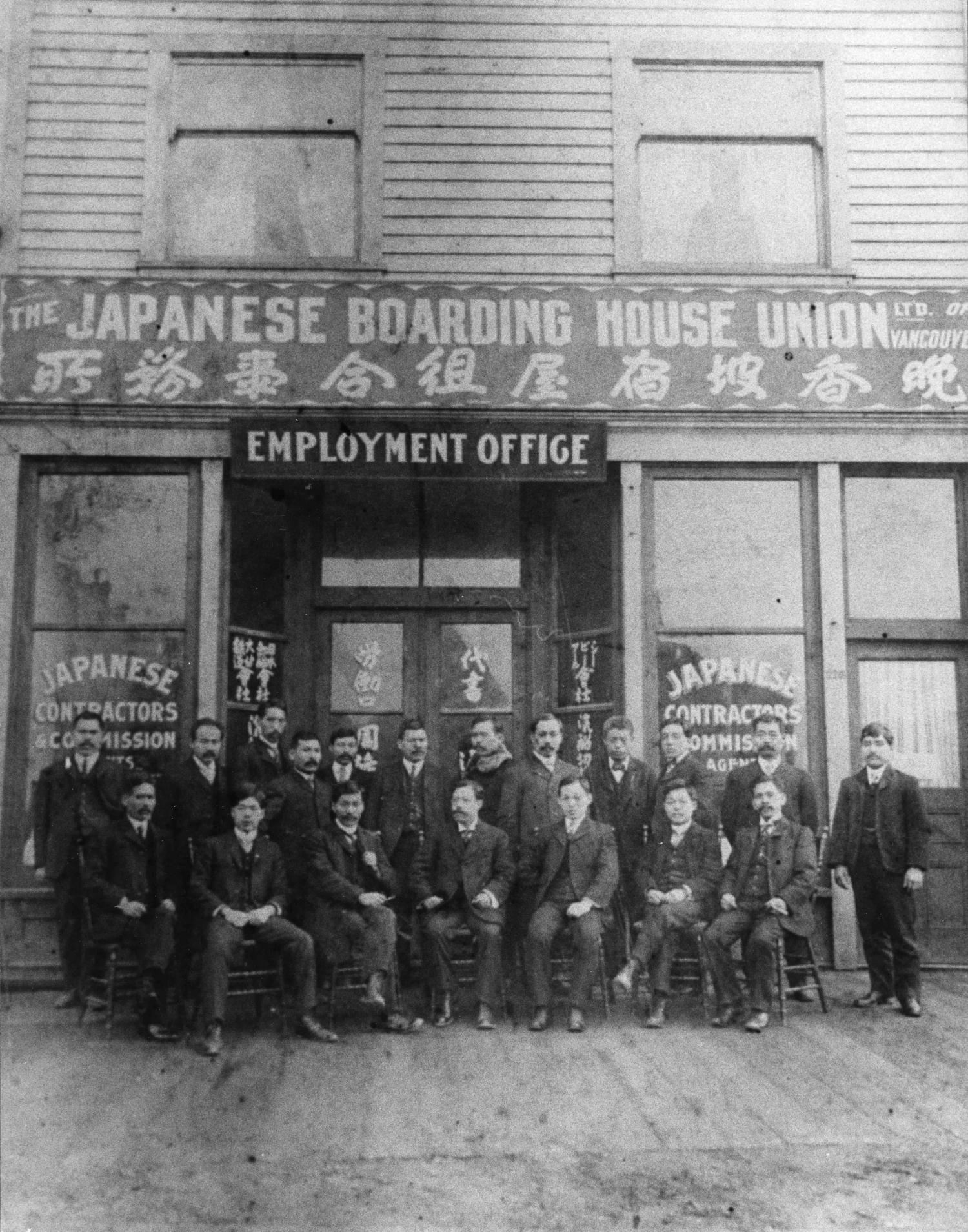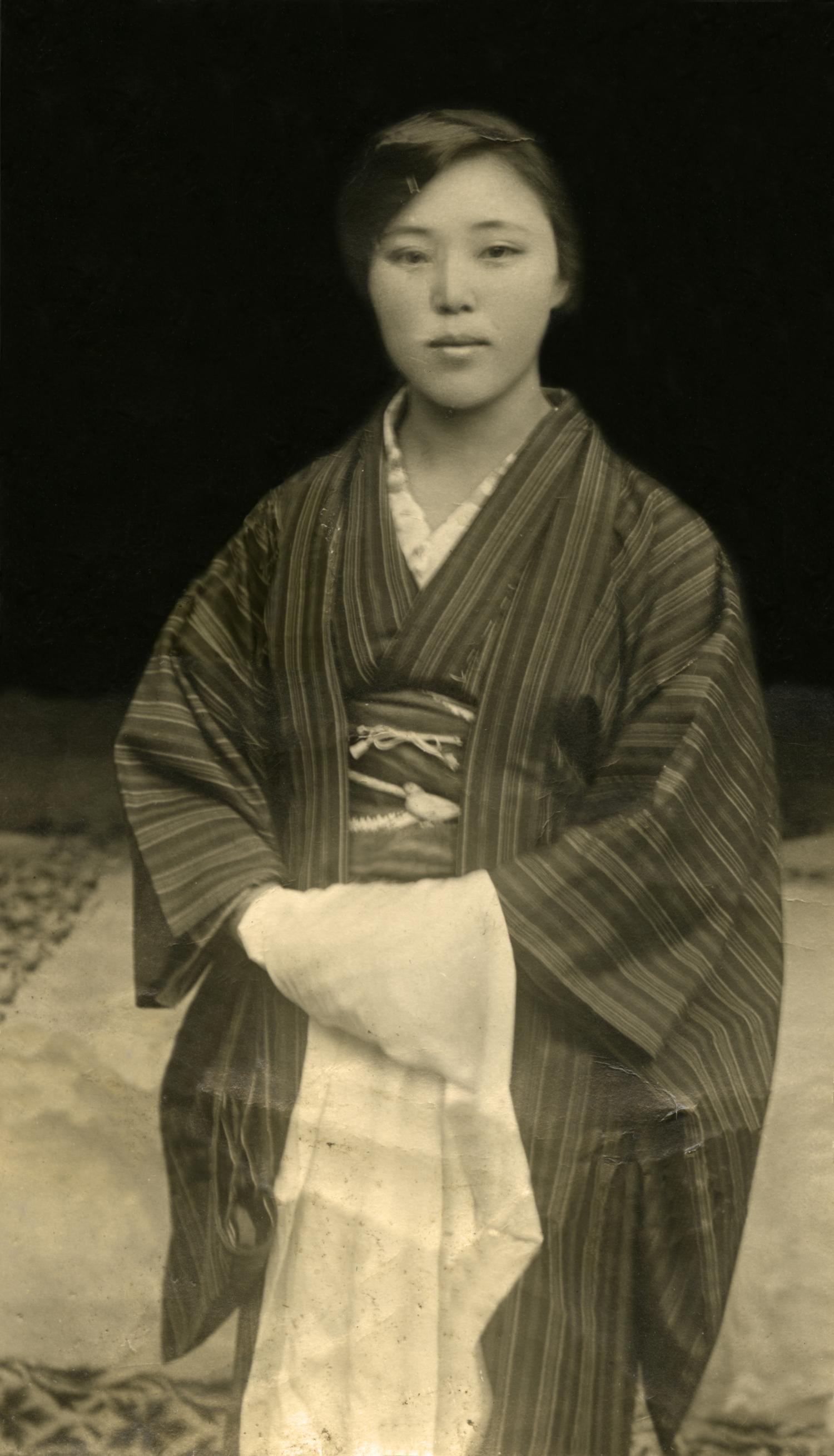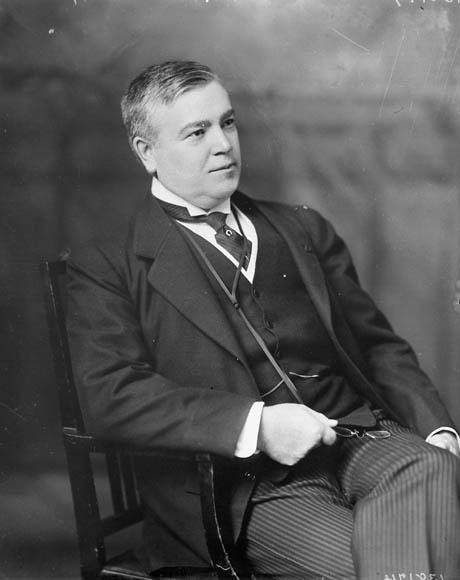Japanese Immigration Limited
The so-called "Gentlemen's Agreement" puts a quota on Japanese immigrants — but the community continues to grow
Date: 1908
A 1907 spike in Japanese immigration fuelled long-simmering hostility towards Asians in British Columbia. Following a destructive riot targeting Vancouver's Chinese and Japanese neighbourhoods, the Canadian government financially compensated the affected communities. At the same time, Canada's leaders tried to stop those communities from growing much larger.
In late 1907, Rodolphe Lemieux, then Canada's minister of labour, travelled to Japan to negotiate an agreement to restrict immigration from the East Asian country. Canada couldn’t explicitly ban Japanese immigration because an 1894 treaty between Japan and Britain had secured the Japanese the right to freely enter and live in Canada. But, as a show of goodwill to the British Empire, Japan agreed to cap the number of passports issued to male workers at 400 annually. The families and personal employees of Japanese immigrants in Canada, as well as farmworkers on Japanese-owned land and some other specially-approved labourers, were exempt.
The arrangement between Lemieux and Japanese Foreign Minister Tadasu Hayashi came to be known as the “Gentlemen’s Agreement,” and it successfully reduced Japanese immigration for years. More than 8,000 Japanese immigrants arrived in Canada during the first 10 months of 1907. The year following the agreement saw only 495 Japanese newcomers. Still, the “Gentlemen’s Agreement” failed to stop Canada’s Japanese population from growing. While it limited male immigration, no restrictions were put on the wives of already-landed immigrants. This led to a small wave of Japanese women who came to Canada as so-called “picture brides.” Japanese men would often select their partners based on pictures and letters exchanged across the Pacific. Then the marriage was registered in Japan, and the new bride could legally emigrate.
By 1924, more than 6,000 “picture brides” had made their way to Canada. The phenomenon came to an end in 1928 when Canada and Japan revised the “Gentlemen’s Agreement,” ending the “picture bride” system and putting a quota of only 150 Japanese immigrants per year, including women and children. Canada continued to restrict immigration based on race until 1967.
Sources:
1. Asia-Canada Timeline. The Canadian Encyclopedia, www.thecanadianencyclopedia.ca/en/timeline/asia-canada.
2. Demwell, Nancy, et al. North Delta History: 'Picture Brides' Were Part of the Fabric of Japanese-Canadian Community. North Delta Reporter, 26 Nov. 2017, www.northdeltareporter.com/community/north-delta-history-picture-brides-were-part-of-the-fabric-of-japanese-canadian-community/.
3. Gadsby, H. F. Who, How and Why. Maclean's, May 1916, archive.macleans.ca/article/1916/5/1/who-how-and-why.
4. Gentlemen’s Agreement, 1908 (Hayashi-Lemieux Agreement). Canadian Museum of Immigration at Pier 21, pier21.ca/research/immigration-history/gentlemens-agreement-1908.
5. Immigration Regulations, Order-in Council PC 1967-1616, 1967. Canadian Museum of Immigration at Pier 21, pier21.ca/research/immigration-history/immigration-regulations-order-in-council-pc-1967-1616-1967.
6. Japanese Canadian Timeline. Canadan Nikkei, www.canadiannikkei.ca/blog/japanese-canadan-timeline/.
7. Midge Ayukawa, Michiko. “Good Wives and Wise Mothers: Japanese Picture Brides in Early Twentieth-Century British Columbia.” BC Studies, no. 105/106, 0AD, doi:https://ojs.library.ubc.ca/index.php/bcstudies/article/view/979.
8. Sunahara, Ann. Japanese Canadians. The Canadian Encyclopedia, 31 Jan. 2011, www.thecanadianencyclopedia.ca/en/article/japanese-canadians.
9. Treaty of Commerce and Navigation Between Great Britain and Japan, 1894. web.archive.org/web/20120930132954/http:/www.fco.gov.uk/resources/en/pdf/treaties/TS1/1894/23.





